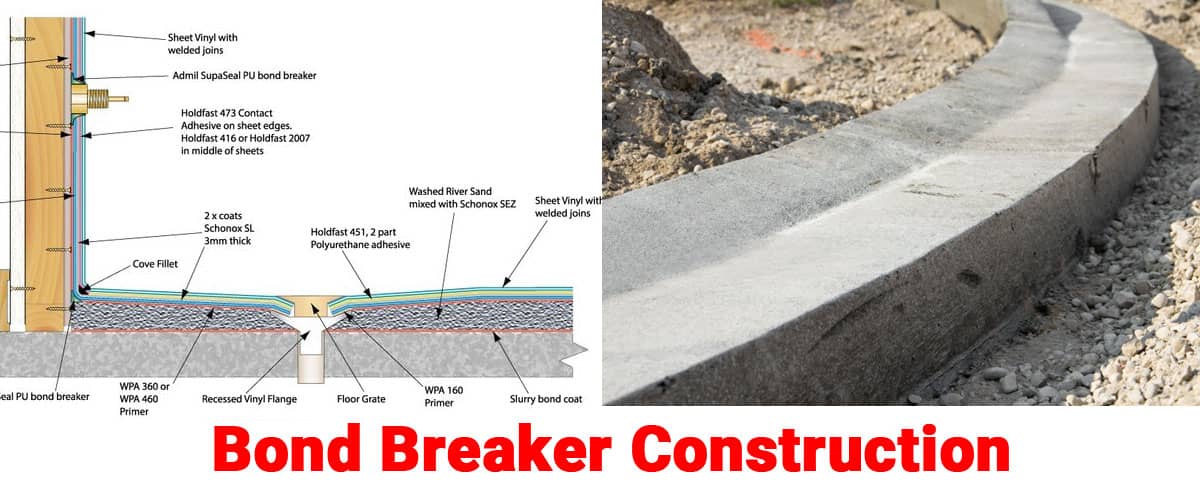Bond Breaker Construction in Under 10 Minutes

There are two types of concrete elements; these are precast and cast in place. Prefabrication or precasting plays an important role in the modern construction industry. In the case of precast construction, the concrete is cast elsewhere than on the site, then they are transported to the site using transport equipment, such as cranes, and are placed on the site.
The purpose of a bond breaker is therefore to prevent cracks in concrete surfaces caused by temperature fluctuations.
Bond Breaker
Bond breakers break the bond between solid surfaces by preventing molecular bonds between them. Tilt-up walls and precast segments use bond breakers to ensure the right segments are cast together. These sealants can be liquid, spray, rods, or tapes.
Features of Bond Breaker
- Concrete and steel are typical substrates used with bond breakers, as they are non-metallic or metallic anti-stick materials.
- You can use bond breakers to improve joint performance. With a bond breaker tape in between the joint sealant and joint filler, free movement can be achieved. Without bond breakers, the joint sealer tears apart from movement.
- Waterproofing membranes and substrates can be separated by bond breakers, which creates an adjustable bridge that resists the movement of water and moisture.
- As the precast components are lifted and stripped from the casting molds, bond breakers minimize the varying dynamic loads placed on them.
- Concrete slabs can also be protected from cracking by applying these substances due to temperature and moisture variations.
Types of Bond Breaker
Membrane Forming Bond Breaker
Bond breakers of this type hold water in the casting slab. When a concrete slab is a cast, it requires sufficient water, which facilitates an uninterrupted chemical reaction between cement and water.
It is common for there to be a lack of water due to evaporation and different atmospheric conditions. Membrane-forming bond breakers prevent this from happening for precast slabs, which have to hold up the amount of water for a chemical reaction. These are crude resins used as bond breakers.
Non-Membrane Forming Bond Breaker
A membrane does not form on this type of bond breaker, so the water cannot hold it up. It is the opposite of the previous bond breaker.
The bond breakers that are used on non-membrane surfaces can be either reactive or non-reactive. Reactive bond breakers create a crude soap layer on concrete surfaces, while non-reactive bond breakers form a waterproof surface on concrete surfaces.
Uses of Bond Breaker
- As the member is lifted, the bond breaker acts as a load reduction mechanism.
- Once bond breakers have been applied to the concrete surfaces, they ultimately become attached to each other, which makes them inseparable once the concrete has been poured. As a result, bond breakers prevent cracks from appearing on concrete surfaces due to temperature fluctuations.
- In addition to forming an adjustable bridge for restraining moisture, bond breakers are used in breaking the bond between the substrate and waterproofing membrane.
- Waterproofing systems are often overlooked because bond breaker is an integral component of them.
Advantage of Bond Breaker
- Bond breaker increases the speed at which loads are moved. As the dynamic load is greatly reduced, both time and effort are reduced when moving heavy loads.
- It is extremely cost-effective to use a bond breaker multiple times since it can be recycled.
- By maintaining the qualities of the concrete surface, it is possible to paint or modify the precast electrification in various ways, making it more visually appealing.
- An epoxy coating, adhesive, and floor finish are not affected by the bond breaker.
For more information please watch the video
